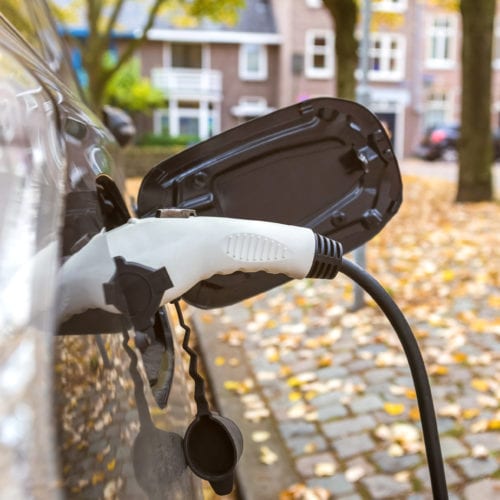
What Cities Can Learn from Pune’s EV Readiness Plan
India’s urban mobility needs are expanding with accelerated urbanisation and growing population. The transport sector is responsible for 13.5 per cent of the country’s energy-related carbon dioxide emissions and contributes to traffic congestion, and worsening local air pollution that impacts public health. Transitioning to clean mobility is among the…

Transforming Urban Mobility
Having grown up in Pune, I know the city like the back of my hand. Referred to as the “Oxford of the East” for its renowned educational institutions, I fondly remember many lunchbreaks standing on the sidewalk at a tapri (stall) outside my school, sipping chai and eating vada pav…

Greening India’s Home and Vehicle Demand with Low-cost Finance
Pursuing low-carbon development is central to India’s Paris Agreement climate goals. In this pursuit, net-zero energy buildings (NZEBs) and electric vehicles (EVs) are the two high-leverage areas. The ability to deliver vast emission reductions across rural and urban settings has brought NZEBs and EVs to the centre of the climate…

Paving the Path to Efficient Urban Freight Systems
Goods movement is an integral part of the urban economy. The rising urban population and the growth of sectors such as e-commerce, construction, and manufacturing have made logistics vehicles ubiquitous in our cities. With this, logistics vehicles’ impacts on urban liveability are becoming more pronounced. Chiefly, urban freight vehicles are…

Incentives, Choices and EMIs – The ICE Recipe for Electric Vehicles
This article was coauthored by Anand GCP, COO, Micelio Mobility and originally published on ET Auto and The Economic Times. Across the world, merely 8,000 electric cars were sold in 2010 but the decade ended with the sale of about 20 lakh such vehicles. While Norway crossed the…
